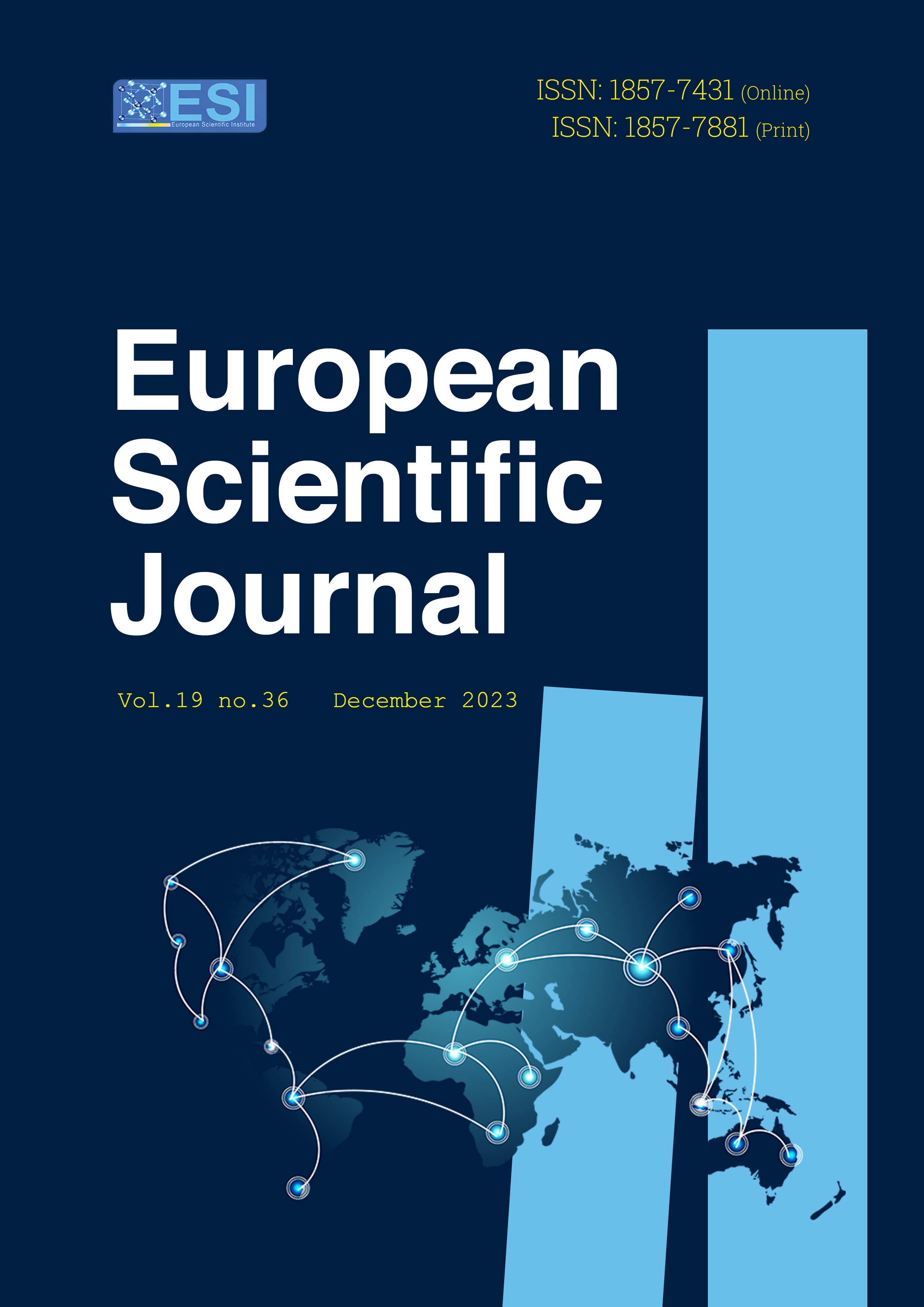Cas Clinique : Anévrisme de l’Aorte Abdominale Compliqué de Thrombose à Propos d’Un Cas
Abstract
L’anévrisme de l’aorte abdominale est une dilatation permanente de l’aorte abdominale dans sa portion sous-rénale. Les conséquences, en cas de rupture anévrismale, peuvent être fatales. La plupart des anévrismes de l’aorte abdominale ne présentent pas de symptômes jusqu’au moment de la rupture. Le symptôme le plus courant est la douleur abdominale ou dorsale. Parfois, une masse pulsatile (qui présente des pulsations) peut être palpée au niveau de l’abdomen. Le diagnostic paraclinique est basé sur l’échographie abdominale et l’angiotomodensitométrie. Le dépistage est recommandé chez tous les hommes fumeurs de plus de 65 ans ayant un parent de premier degré connu pour un anévrisme de l’aorte abdominale. Les anévrismes asymptomatiques présentant un diamètre de plus de 50mm chez la femme, 55mm chez l’homme ou une croissance du diamètre de plus de 1cm par année doivent être opérés. Le traitement est chirurgical ou endovasculaire. Le traitement médical consiste à lutter contre les facteurs de risque athéromateux.
The abdominal aortic aneurysm is a permanent dilation of the abdominal aorta in its sub-renal portion. The consequences, in the event of an aneurysmal rupture, can be fatal. Most abdominal aortic aneurysms do not show symptoms until the moment of rupture. The most common symptom is abdominal or back pain sometimes a throbbing mass (which is pulsating) can be felt in the abdomen. Paraclinical diagnosis is based on abdominal ultrasound and CT angiography. Screening is recommended for all male smokers over 65 years of age with a first-degree relative known to have an abdominal aortic aneurysm. Asymptomatic aneurysms with a diameter of more than 50mm in women, 55mm in men, or with a diameter growth of more than 1cm per year should be operated on. Treatment is surgical or endovascular. The medical treatment consists of combating the atherosclerotic risk factors.
Downloads
Metrics
PlumX Statistics
References
2. Brown LC, Powell JT. Risk factors for aneurysm rupture in patients kept under ultrasound surveillance. UK small aneurysm trial participants. Ann Surg 1999; 230:289-96.
3. Singh K, Bønaa KH, Jacobsen BK, et al. Prevalence of and risk factors for abdominal aortic aneurysms in a population-based study : The Tromsø study. Am J Epidemiol 2001;154:236-44.
4. Lindholt JS, Norman P. Screening for abdominal aortic aneurysm reduces overall mortality in men. A meta-analysis of the mid- and long-term effects of screening for abdominal aortic aneurysms. Eur J Vasc Endovasc Surg 2008;36:167-71
5. Lederle FA, Walker JM, Reinke DB. Selective screening for abdominal aortic aneurysms with physical examination and ultrasound. Arch Intern Med 1988; 148: 1753-6.
6. Hoffmann B, Um P, Bessman ES, Ding R, Kelen GD, McCarthy ML. Routine screening for asymptomatic abdominal aortic aneurysm in high-risk patients is not recommended in emergency departments that are frequently crowded. Acad Emerg Med 2009;16:1242-50
7. FA, Simel DL. The rational clinical examination. Does this patient have abdominal aortic aneurysm? JAMA 1999;281:77-82.
8. Tayal VS, Graf CD, Gibbs MA. Prospective study of accuracy and outcome of emergency ultrasound for abdominal aortic aneurysm over two years. Acad Emerg Med 2003; 10: 867-71.
9. Costantino TG1, Bruno EC, Handly N, Dean AJ. Accuracy of emergency medicine ultrasound in the evaluation of abdominal aortic aneurysm. J Emerg Med 2005; 29: 455-60.
10. Mehta N, Caputo W, Paladino L, Sinert R. Systematic review: emergency department bedside ultrasonography for diagnosing suspected abdominal aortic aneurysm. Acad Emerg Med 2013;20:128-38.
11. Kuhn M, Bonnin RL, Davey MJ, Rowland JL, Langlois SL. Emergency department ultrasound scanning for abdominal aortic aneurysm: accessible, accurate, and advantageous. Ann Emerg Med 2000; 36: 219-23.
12. Brown LC, Powell JT. Risk factors for aneurysm rupture in patients kept under ultrasound surveillance. UK small aneurysm trial participants. Ann Surg 1999; 230:289-9
13. Ellenberger C, Schweizer A, Diaper J, et al. Incidence, risk factors and prognosis of changes in serum creatinine early after aortic abdominal surgery. Intensive Care Med 2006;32:1808-16
14. Brewster DC, Cronenwett JL, Hallett JW, et al. Joint Council of the American Association for Vascular Surgery and Society for Vascular Surgery. Guidelines for the treatment of abdominal aortic aneurysms. Report of a subcommittee of the Joint council of the American Association for Vascular Surgery and Society for Vascular Surgery. J Vasc Surg 2003;37:1106-17.
15. Becquemin JP, Pillet JC, Lescalie F, et al. ACE trialists. A randomized controlled trial of endovascular aneurysm repair versus open surgery for abdominal aortic aneurysms in low-to moderate-risk patients. J Vasc Surg. 2011;53:1167-73
Copyright (c) 2023 Lex Léonard Lénguebanga, Pabingui Léonard, Yabeta Grace Á Dieu, Izamo Léopold, Onambelé John, Kobelembi Armand, Kouandongui Francky

This work is licensed under a Creative Commons Attribution 4.0 International License.








